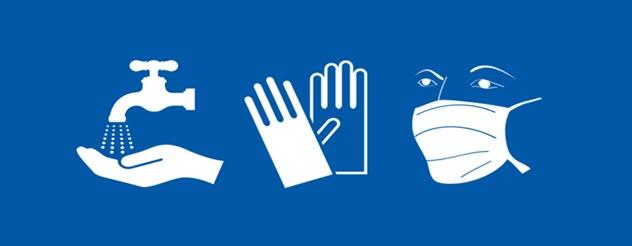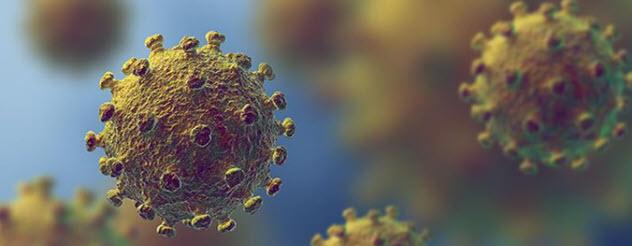
- Home
- Aerosol study within healthcare environments | Health Technical Advice (HTA)
Aerosol study within healthcare environments | Health Technical Advice (HTA)
The purpose of this Health Technical Advice (HTA-2021-001) is to provide guidance to infection prevention specialists and hospital engineers on coagulation or “hot” spots and actions that could be taken to reduce the risk of contact transmission in health care settings.
This Health Technical Advice is provided in the context of developments in the COVID-19 pandemic in Victoria. Research data highlights the importance of effective infection prevention and control strategies in health facilities to reduce the risk of transmission of COVID-19.
This HTA is not to take the place of any health agency specific infectious diseases or pandemic mode plans, or any facility specific emergency response plans associated with acute infectious disease outbreak. Instead, this HTA provides additional guidance to assist in identifying high risk areas to support infection control practices that can be adopted to ensure clinical spaces reduce the risk of transmission.
This is a preliminary study that simulates a single cough in a static patient in a standard hospital room. Many factors may affect how aerosols and droplets behave depending on the location, movement and activities of the patient and the placement of objects within the room.
While this study provides some interesting findings to direct cleaning, the disinfection of rooms should be comprehensive and cover all parts of the environment where people come into contact with surfaces.
This Health Technical Advice includes:
- Preface
- Aerosol hot spot analysis study
- Who should read this?
- The issue
- Computational fluid dynamics
- Study limitations and disclaimer
- Real world study
- Analysis
- Drawings
- Mechanical HVAC system
- Key findings
- Three stage systems
- Locations where aerosols are likely to coagulate
- Phase 2 - Air movement and patterns
- Summary of findings
- Isolation room
- Intensive care unit
- Standard four bedroom
- Standard single bedroom findings
- Approaches for healthcare facilities
- Infection prevention and control strategies
- Conclusion
- Acknowledgements
- References and bibliography
- Appendix 1: Key findings
- Isolation room findings
- Intensive care bed findings
- Standard four bedroom findings
- Standard single bedroom findings
- Appendix 2: Technical information
- Appendix 3: Air changes/hour contaminant removal rate
- Appendix 4: Drawings
Please note: This document has been prepared as a guide and for information purposes only. No legal obligation for any loss, damage or expense is incurred by any person relying on the information provided.
For more resources on coronavirus (COVID-19) infection prevention control for Victorians at work, at home and in the community visit visit the Department of Health website.
Documents
Related content

18 January 2022
Isolation rooms | Health Technical Advice
This Health Technical Advice provides guidance to health agency staff and engineers on the types of isolation rooms available and the patients they are best suited for.
18 January 2022



